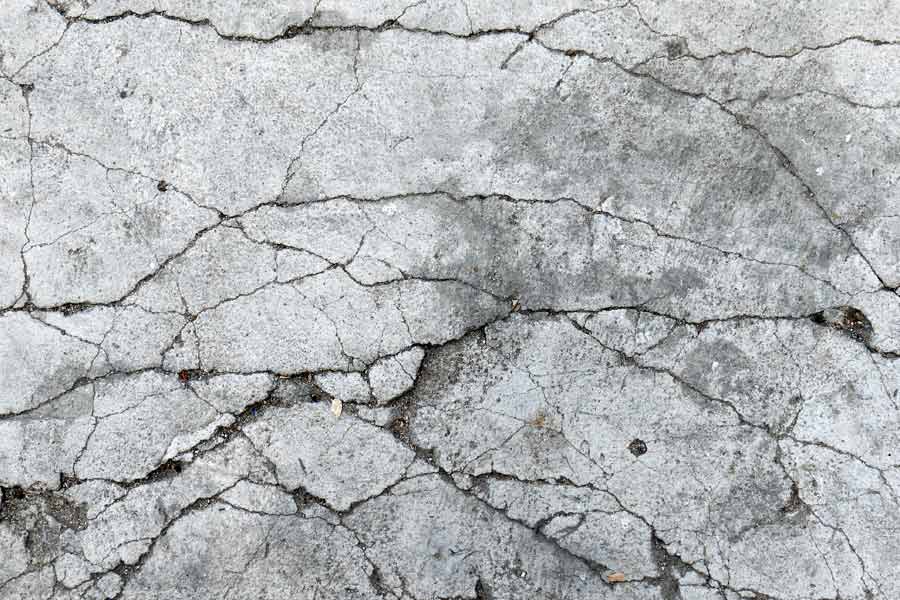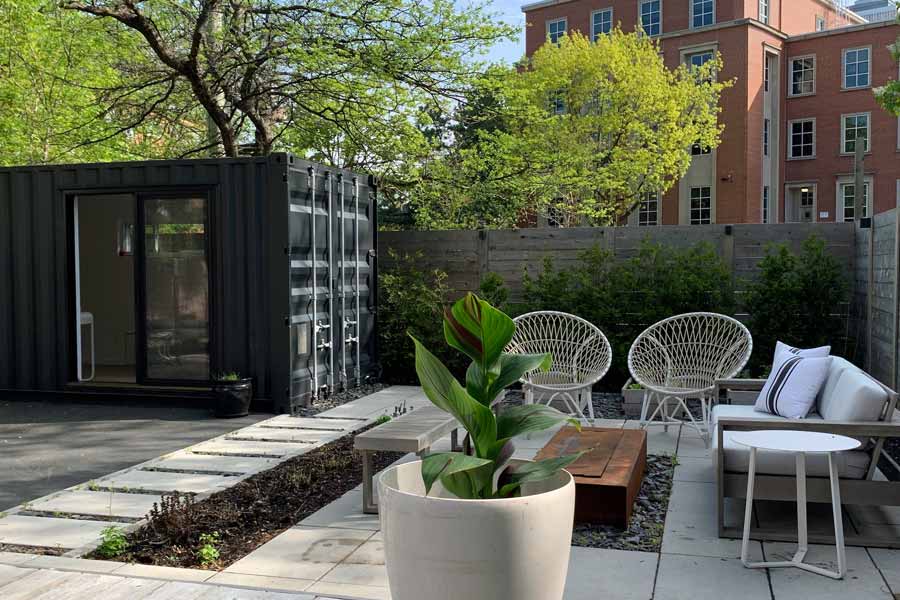Years ago, people complained that concrete replaced trees and grass. Now this most common building material has a different green problem: greenhouse gas emission during cement production.
“The general consensus is that for every metric ton of cement produced, there’s 1.2 tons of CO2 released,” said Dr. Aditya Kumar, an assistant professor of materials science and engineering at the University of Missouri. Global cement production is 4.2 billion metric tons, according to the World Cement Association. That’s a lot of greenhouse gas.
Research from The Massachusetts Institute of Technology (MIT), the European Joint Research Centre and other institutions estimate cement production accounts for 8% of CO2 emissions. If a country, the construction industry would be the world’s third largest emitter.
The culprit is fossil fuel. Cement is mostly limestone and clay. “In order to produce cement, you gather all the raw materials … and you feed them into a rotary kiln and heat them,” Kumar said. At 800 degrees Celsius (1,472 degrees Fahrenheit), the limestone breaks down into calcium oxide and CO2. As the heat increases to between 1,400 and 1,500 degrees Celsius (2,552 to 2,732 degrees Fahrenheit), clay releases aluminum oxide, silicon dioxide and iron oxide. Together, the oxides form Portland cement and the burnt fossil fuels release massive amounts of CO2.
“It’s the second most energy-intensive [materials production] process out there after steel,” said Dr. Carlos Fernandez, a senior scientist at the Pacific Northwest National Laboratory.
Is green concrete possible?
But judging how “green” concrete is gets more complicated. Portland Cement Association, an industry trade group, points to MIT research, in part funded by the organization, that says the use phase of buildings—heating, cooling and operation—creates between 88% and 98% of total building greenhouse gas emissions. Other materials can release more CO2 during operation, making concrete construction greener in comparison over a building’s lifetime. And cement has other desirable characteristics.
At 10 to 12 cents a pound, “it’s dirt cheap,” Fernandez said. Concrete has good mechanical strength, stability at high temperatures and is relatively inert in ambient conditions. Totally replacing concrete in construction would be challenging.
Given the growing climate change crisis, however, the immediate generation of greenhouse gas—even if just in the production of cement—is a problem. Changes are needed today, and researchers and engineers are pursuing many possibilities.
There are already common ways to reduce the amount of cement needed in concrete, depending on its use and the characteristics necessary for the application. Such materials as powdered limestone or coal fly ash (a byproduct of burning coal) can replace up to 20% or 25% of cement volume, although the resulting cement doesn’t offer the same strength.
Finding sustainable solutions
Kumar is working on using limestone and clay, the latter mixed with a chemical dopant and heated to perhaps 200 degrees Celsius, in combinations to replace upwards of 50% of cement.
Fernandez is co-inventor of a form of self-reinforcing cement that incorporates waste plastic fibers that provide reinforcement to the concrete, like an implanted surgical mesh, to reduce brittleness and help prevent fractures from continuing to grow. Structures that last longer require less replacement concrete and cement.
Then there’s using less cement in the first place, an approach championed by Dr. Carol Hayek, a professor of civil engineering at Johns Hopkins Whiting School of Engineering. “I see it from a designer’s perspective rather than a production perspective,” she said. “When you look at the overall life cycle of a building, it’s often the most efficient product. We see buildings lasting much longer than the intended design.”
Hayek’s suggestion is to design with adaptability in mind, envisioning how building use could change over time and designing to facilitate the alteration. Malls might eventually offer warehousing for e-commerce companies or locations for self-storage or data centers, for example.
A building can also use less concrete in the initial construction. Drop-down beams can help thinner slabs support weight and span distances. “I had a few case studies and it showed we could reduce the volume by 25%,” Hayek said. Drop-ceilings can then reduce air volume to heat or cool, decreasing energy costs and CO2 emissions.
With the right approach—and ongoing research—builders and designers can find ways to significantly lower their carbon footprint today.












